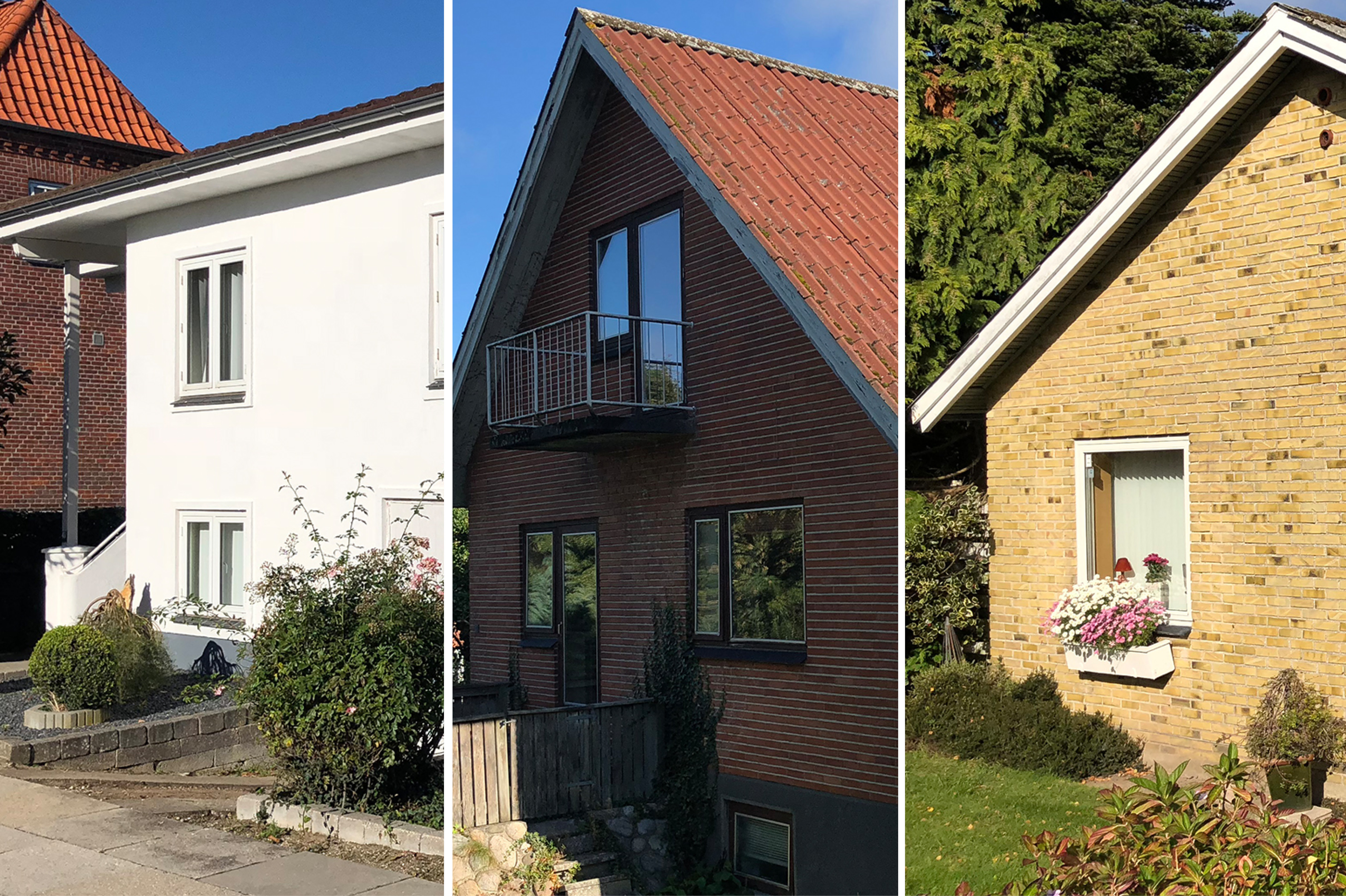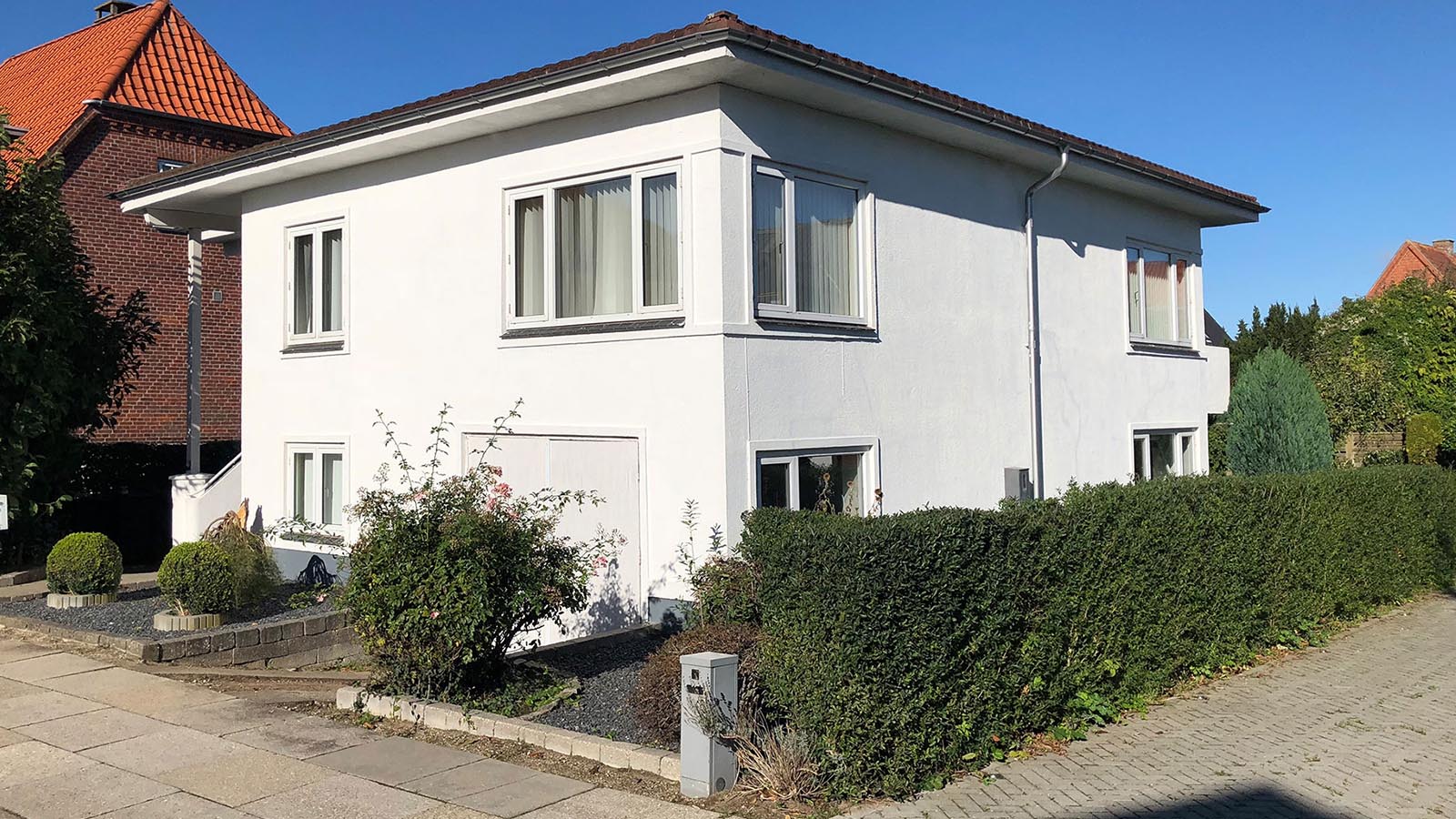Log ind info
Three period properties and three test families form the basis of a new indoor climate project launched by Realdania By & Byg. The project sets out to educate the Danish public about how to go about ensuring a healthy indoor climate when renovating a home.

Health is high priority for many Danes: A healthy diet, exercise, toys without hazardous materials and beauty products without chemicals. Nevertheless, many are unaware that the indoor climate in homes has a major impact on our health. Given that, on average, 80-90% of our time is spent indoors, and typically 16 hours a day at home, a healthy indoor climate at home is a key factor in ensuring good health and a high quality of life.
Moreover, 65% of Danish homeowners live in older properties, many built before 1980, when different insulation requirements applied, for example. Occupants are often unaware that their homes can suffer from a poor indoor climate, and as a consequence no steps are taken to remedy the situation. Furthermore, many of these buildings will require renovation in the coming years.
In launching the project “Healthy Homes - Renovation” Realdania By & Byg has set out to investigate what indoor climate solutions provide the greatest health benefits for the least cost. The goal is to provide Danish homeowners with inspiration for how to go about ensuring a healthier indoor climate for their family.
Three houses
The indoor climate in a home depends to a great extent on the age of the property. With this in mind, Realdania By & Byg purchased three typical period properties in Randers to test indoor climate solutions: a bungalow from 1937, a house from 1953 built by a master builder, and a detached house from 1962. In their own way, each of these houses encapsulates some of the indoor-climate challenges typical of homes from this period.
Three families
In addition, the indoor climate of a house is influenced by our behaviour in the home. In order to test this, three families have moved into the test houses, which they will rent for the next two to three years. In addition to monitoring the indoor climate in the test houses, the project will focus on the families’ habits, behaviour and subjective experience of the indoor climate.
Over the course of a season, the current indoor climate in the houses has been measured (e.g. by measuring mould spores, temperature, air exchange and particulate pollution). Renovation of the properties was then carried out with focus on improving indoor climate, and the indoor climate of the houses was again measured once over the course of another season. Once data has been collected both before and after the implementation of indoor climate renovation, it will be possible to see whether the expected benefits have been achieved and in this way test which solutions bring about the greatest improvement to the indoor climate.
The latest research from CISBO (the Center for Indoor Air and Health in Dwellings) and others indicates that achieving a healthy indoor climate is not simply a matter of eliminating draughts, damp and mould.
Our behaviour at home, e.g. cooking, lighting candles and using a wood-burning stove, can generate harmful particulate pollution in our homes, and emissions of chemicals from building materials, furniture and cleaning products also impacts the indoor climate. And it is these less visible contributors to indoor climate which present the greatest health risks. Accordingly, the project has particular focus on these factors.
In the summer of 2018, Realdania By & Byg completed an innovative and experimental new building project, “Healthy Homes” in Holstebro, which set out to test the latest indoor climate research under realistic conditions. A number of indoor climate solutions were tested and measured, and the wealth of data and techniques gleaned from the construction of the new houses will be applied in existing properties via the project “Healthy Homes - Renovation”.
The primary focus of the project is on improving health, while a secondary benefit is achieving energy savings.
Indoor climate renovation will benefit many older properties, not only in terms of improved indoor climate, but also by reducing energy consumption.
Around 65% of Denmark’s single-family homes were built before 1980, corresponding to 740,000 houses. These houses did not meet the energy requirements first introduced with the BR79 building regulations. Thermal bridges lead to mould, and leaky windows give rise to draughts, including draughts along the floor. Airing out is often insufficient to remedy these problems, resulting in poor air quality due to particulate pollution and chemical emissions. Indoor climate renovation entails insulation, elimination of draughts and installation of mechanical ventilation with heat recovery. All of these measures impact energy consumption.
Realdania By & Byg’s project “Healthy Homes - Renovation” ended in 2022.
Read about the learnings and results of the project in this report on the project (in Danish).

Bungalow from the 1930's
Realdania By & Byg
1937, 1953 and 1962
Central Jutland
Developmental construction